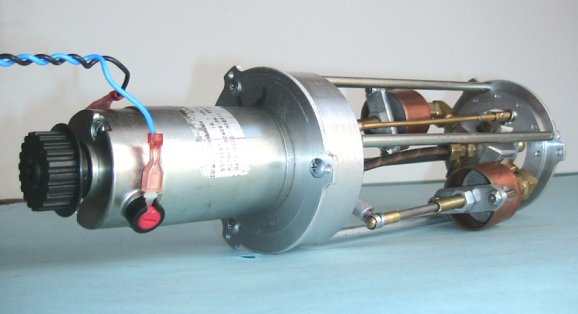lilies
The Living Force
I suddenly realized that the numerous water-powered engines from amateur inventors, those - shabby - cars and that motorcycle from the Brazilian man, Ricardo Azevedo from Sao Paulo and that Filipino inventor's motorcycle
with even if the Aussie inventor's Joe Cell is probably a fake.. Some of these ought to be real! And could be used to create a specifically made version to replace the Preppers' favorite diesel engine. For the purposes of creating electricity. Various sizes for increasing needs. Electric radiators exist. So the heating problem could be solved.
Also it should be possible to modify the motor and create a water-powered steam engine - no you don't need to shovel coal into its chamber also it doesn't need fire - that essentially functions as a boiler, providing sustained hot showers or hot-water based heating. Maybe even to create a Jacuzzi / artificial hot springs.
I mean, once you have the money to invite engineers and the inventors to pay for training regards the water-powered tech, how hard would it be to entirely replace your house's heating and electric needs - detaching you from the global network and live free from the slave chains of Big Oil and Big Electric? That would be definitely "free energy" if you drill an Artesian well and a simple ground-water well - that doesn't require a pump - and pour that into the engine.
Powering with these the electricity-hungry Air Water generators the water should be super clean, no?
Just pondering these, if the omnipresent problem of money would suddenly be no problem.
I mean this solution - sewage water powered motor - already exist with a big probability, and developing it further to provide utilities would definitely fall under the term free-energy generator, don't you think? Considering water makes up about 71% of the Earth’s surface.
with even if the Aussie inventor's Joe Cell is probably a fake.. Some of these ought to be real! And could be used to create a specifically made version to replace the Preppers' favorite diesel engine. For the purposes of creating electricity. Various sizes for increasing needs. Electric radiators exist. So the heating problem could be solved.
Also it should be possible to modify the motor and create a water-powered steam engine - no you don't need to shovel coal into its chamber also it doesn't need fire - that essentially functions as a boiler, providing sustained hot showers or hot-water based heating. Maybe even to create a Jacuzzi / artificial hot springs.
I mean, once you have the money to invite engineers and the inventors to pay for training regards the water-powered tech, how hard would it be to entirely replace your house's heating and electric needs - detaching you from the global network and live free from the slave chains of Big Oil and Big Electric? That would be definitely "free energy" if you drill an Artesian well and a simple ground-water well - that doesn't require a pump - and pour that into the engine.
Powering with these the electricity-hungry Air Water generators the water should be super clean, no?
Just pondering these, if the omnipresent problem of money would suddenly be no problem.
I mean this solution - sewage water powered motor - already exist with a big probability, and developing it further to provide utilities would definitely fall under the term free-energy generator, don't you think? Considering water makes up about 71% of the Earth’s surface.
Last edited:


